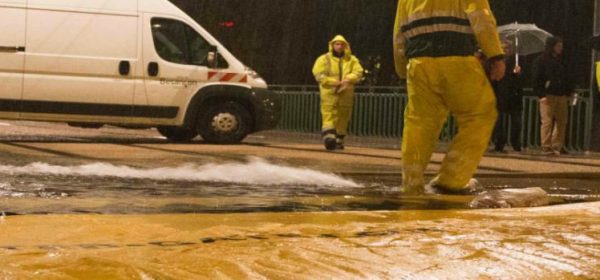Yorkshire Water is earmarked to pump an investment of £350,000 into temporary flood barriers, a move aimed at reducing the risk of water supply and sewerage services which are affected during extreme wet weather conditions.
As the barriers are temporary structures, their deployment will come whenever there is an identified risk of flooding to protect all the infrastructure in the region, which includes 631 sewerage treatment plants and 55 water treatment works.
When compared to the use of sandbags, the plastic barriers to be used are much more rapidly deployed and are easy to station as well, creating dams, diverting waterflows, and helping to prevent some of the damage which would otherwise be caused to Yorkshire Water’s assets by the flood water. This will ensure that sewers will keep flowing and it will also maintain water supplies.
Martyn Hattersley, Emergency Planning Manager at Yorkshire Water, said:
“These barriers reduce the risk of essential services being affected during extreme wet weather events. During floods electricity, gas and water services are all put under pressure and this investment is about improving resilience to our water and sewage services. The barriers will provide a vital extra layer of protection against floods, reduce pollutions risks and flooding.”
Several of Yorkshire Water’s sites in Bradford, Calderdale, York and Leeds weren’t spared the onslaught of flood water during last year’s Boxing Day floods. As a result, the firm responded by carrying out thorough inspections at every last one of these sites to mitigate against future risk of flooding. Additionally, the firm has carried out a huge operation to clean out all its sewers which were filled with river silt.
The firm’s investment in flood barriers was made following the Government’s September publication of their National Flood Resilience Review.
Yorkshire Water is party to the multi-agency Local Resilience Forums, which are responsible for the planning and preparation for emergency incidents like flooding, aiding in the mitigation process of the potential impact they’d have on the local communities.

